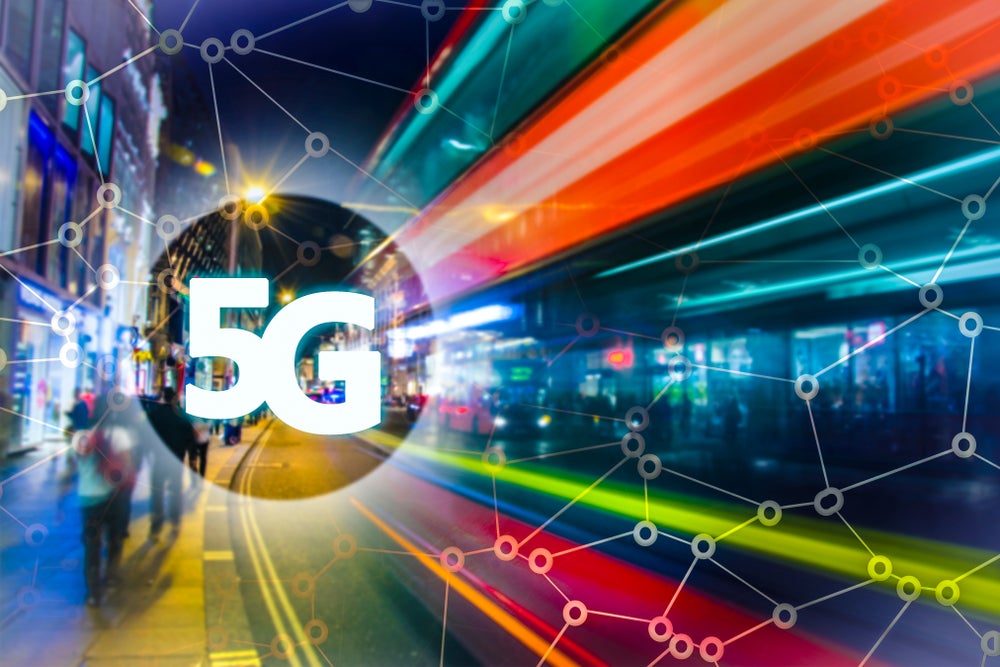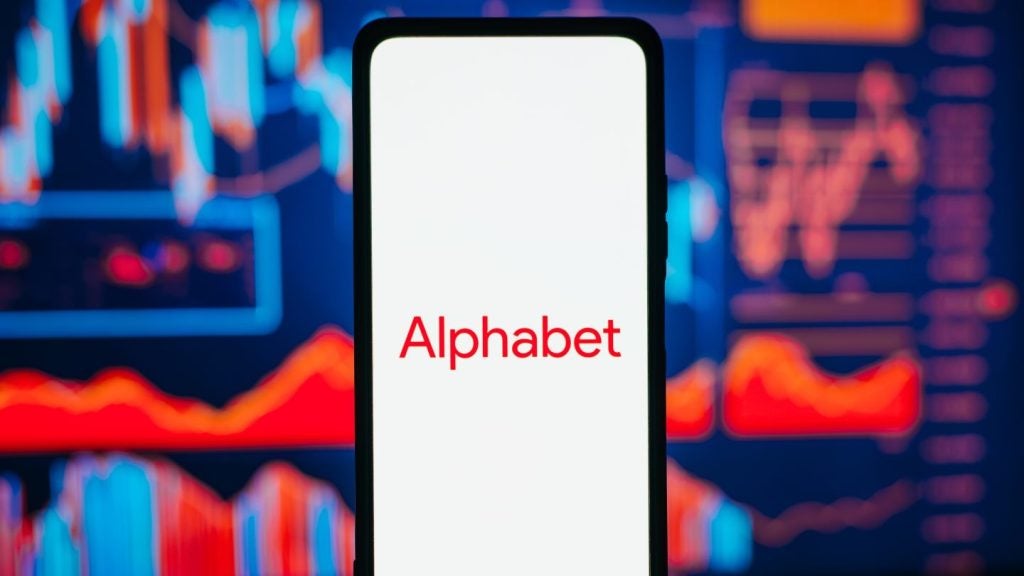Vodafone UK and Ericsson have demonstrated that by using AI and machine learning (ML), they can deliver significant energy efficiency benefits without negatively impacting network performance and the customer experience, reducing daily power consumption at 5G Radio Units by up to 33% in trial sites across London.
This has been achieved using Ericsson’s Service Continuity AI App suite with Intelligent Energy Efficiency to dynamically manage power consumption in the radio access network (RAN), based on live traffic data.
5G in hibernation
The result comes from the use of a number of technologies, including AI-powered algorithms to enable radios to enter an ultra-low energy hibernation state (5G Deep Sleep), saving up to 70% of energy consumption during times of low traffic. 4G Cell Sleep Mode Orchestration creates a behavioural model of network cells to optimise sleep parameters, automatically balancing energy savings and performance.
The Radio Power Efficiency Map creates a virtual map of all network cells, using ML to identify and rank underperforming sites so they can be targeted for improvement.
Energy cost savings
Robert Pritchard, Principal Analyst, Enterprise Technology and Services at GlobalData, comments: ‘with AI and GenAI ramping up usage of scarce resources like energy and water, it is good to note this flipside where AI technology is used to improve efficiency. It is by no means going to stop the accelerating AI-driven power consumption demand at data centers, but it at least demonstrates that tech companies are also innovating to save energy – and money.’
This comes as data centre operators – and hyperscalers in particular – scour the world for more sustainable sources of energy, particularly as permission for new builds is becoming harder to gain in locations where creaking electricity and water infrastructure struggles to support the voting and tax-paying population.’
‘Despite a degree of pushback on aspects of ESG targets across many countries as they face financial challenges and constraints on aging infrastructure, it is encouraging to see the innovation and software solutions development which remain at the heart of the tech industry. This not only makes sense because many customers, employees, and the majority of investors expect it, but also because – as heavy consumers of power – any reductions also mean cost savings.’








